Residential solar in the U.S. has seen significant growth over the past two decades, with millions of homes now featuring rooftop solar systems. Traditionally, this has involved mounting solar panels on racks bolted through roofing shingles. Though widespread, this method presents engineering, construction, and aesthetic challenges that complicate installation and sales. The industry’s remarkable growth has occurred despite these challenges.
Currently, an estimated 7% of U.S. homes have rooftop solar, but the potential for broader adoption remains high. For context, approximately 5% of U.S. homes undergo roof replacements annually, nearly matching the total number of homes with solar installations to date.
The limitations of traditional rack-mounted systems pose obstacles to further industry growth. Concerns include roof integrity, additional structural load, and the potential for leaks or damage, which can affect homeowner insurance rates. These systems tend to have higher installation costs due to specialized labor requirements. Additionally, their bulky design may not appeal to all homeowners or align with community preferences.
The Rise of Building-Integrated Photovoltaics (BIPV)
Building-integrated photovoltaics (BIPV) provide a solution by combining waterproofing and energy generation within solar-integrated roofing. By embedding solar technology into shingles or tiles, BIPV eliminates many drawbacks of traditional systems. Advances in technology and cost reductions have made BIPV more accessible, paving the way for widespread adoption. If every annual roof replacement became a solar installation, U.S. solar adoption would skyrocket.
BIPV offers many key benefits, including improved aesthetics, streamlined installation, and better structural integration. This approach shifts the industry from mounting solar on roofs to embedding it directly. BIPV is poised to starkly outpace traditional systems in the coming decade.
The Role of Roofers in Solar Installation
Traditionally, rooftop solar has been installed by electricians and solar installers. The shift to BIPV will necessitate adding roofers as a trade not just allowed but required to install solar-integrated roofing. During this transition, manufacturers and contractors must work closely with permitting authorities to ensure compliance with building codes and safe installation by trained roofing professionals.
The Future-Proof Roofing Solution: Combining Technology with Tradition
Industry-leading solar roofing systems integrate photovoltaic shingles—also known as energy shingles—into traditional asphalt shingle roofs. These energy shingles match the size, shape, thickness, and weight of asphalt shingles while meeting safety standards, including resistance to wind and fire. They are also installed using standard roofing tools and techniques, just like asphalt shingles.
Many BIPV solar roofs meet building codes that classify energy shingles as a roof covering, allowing seamless integration into traditional asphalt shingle designs and installations.
Simplifying Solar Installation with Roofing Expertise
Installing solar shingles requires the expertise of experienced roofing contractors. As a complete roof replacement, BIPV must integrate all roof features, such as valleys, ridges, eaves, vents, and dormers—tasks beyond the scope of electricians or solar installers.
By matching the form, function, and installation method of asphalt shingles, BIPV systems reduce the electrical and mechanical complexities of traditional solar panels. Because these systems lack exposed metal components like frames, racking, and stand-offs, grounding and bonding tasks typically handled by electricians or solar installers are unnecessary.
Electricians will still play a critical role—only now, their work begins after the roof installation. Once the roof is complete, they handle tasks like connecting wiring from the roof to the inverter, main service panel, and utility grid.
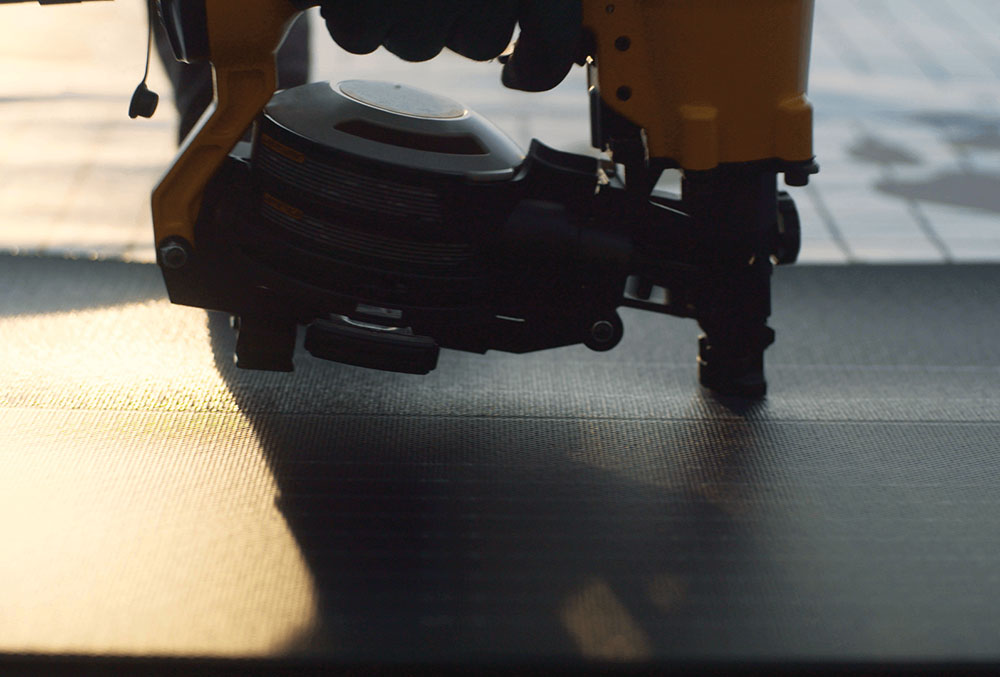
Compliance with Codes and Standards
The International Residential Code (IRC) has included photovoltaic shingle requirements since 2012. To comply, solar roofing systems must meet safety standards for both roofing and solar functions and adhere to installation requirements. Energy shingles have IRC requirements nearly identical to those of asphalt shingles.
Leading BIPV systems are designed so that electrical functions remain inactive during installation. Unlike other solar products, energy shingle wiring remains accessible from the top after installation, with no hidden wiring. In this way, it becomes possible to install the entire roof, asphalt shingles plus energy shingles, strictly as a roof covering with a 25-year warranty. Now ask yourself which trade should be allowed to install the roofing portion of a solar roof.
Protecting the Home, Protecting the Homeowner
Imagine you’re a homeowner with a roof nearing the end of its life—possibly with multiple layers, shingles frequently blowing off, or a couple of leaks. With storms approaching, you know it’s high time for a roof replacement, and fast. A functional roof is essential for protecting your home and family.
Given that a failing roof needs replacement promptly, what other requirements must be met before work can begin? In most cases, when replacing a single layer of shingles, building departments typically issue a permit easily, with clear and straightforward requirements.
However, adding solar introduces extra steps, like an electrical plan review, which can slow down approvals. By separating the installation into phases and domains—roofing and electrical—it becomes possible to likewise separate the installation into two permits:
- The first, a shingle roofing permit covering tear-off and replacement, would allow the roofer to perform necessary tasks in mere days
- The second, for electrical work, may require more review time, but in the meanwhile the home can remain secure and weatherproof
This enables the process to move forward with increased efficiency and the promise that the home will be protected at all times.
Electrical work can start once the roof is complete and the permit is issued, with inspections done either after each phase or in a final inspection covering both, depending on the jurisdiction.
By adopting this approach to PV shingles roofs, building departments can ensure the homeowner is protected from elements while simplifying the permitting process.
Splitting the permits for roofing and electrical work allows for both thorough review and ensured compliance while maintaining efficiency.
Navigating new construction technology can be challenging for everyone involved, including AHJs, homeowners, code-making bodies, standards developers, and contractors. But dividing permits for solar roofs can help building departments meet their pledge to ensure both homeowner safety and regulatory compliance.
The Role of the National Electrical Code (NEC)
The National Electrical Code (NEC/NFPA 70) applies to all residential solar installations. While solar panels and energy shingles differ in form, their function—converting sunlight into electricity—is identical.
Electrical code requirements for both systems are the same, but energy shingles simplify compliance by eliminating exposed metal components and Module Level Power Electronics. This separation allows the roofing and electrical work to be completed independently.
Training and Qualifications for Installers
BIPV manufacturers must ensure contractors receive extensive training, including real-world projects. Training should cover installation, safety requirements, and clearly delineate the roles of roofers and electricians. A well-defined division of labor and coordination between trades will ensure successful installations.
Conclusion
The rise of BIPV marks a new era in residential solar, shifting from a niche option to a mainstream solution. Code-compliant energy shingles install like standard asphalt shingles, addressing structural and installation challenges associated with traditional rack-mounted systems.
As roofers take on a greater role in solar installations, permitting and inspection processes may need updates to account for differences from traditional systems. The integration of roofing and solar requires collaboration between roofing and electrical trades.
Industry leaders must provide education and support to building departments, focusing on:
- Compliance with existing codes and standards
- Differences between BIPV and traditional solar
- Clear delineation of roofing and electrical tasks
- Key areas for inspection
As BIPV adoption grows, understanding its installation and permitting process will be essential. Clear guidelines and comprehensive training will facilitate permitting and inspection, driving a more sustainable future for residential solar energy.
Residential Code Articles
See Table 1 (below) for key 2021 IRC code articles and standards that apply to photovoltaic systems generally and to PV shingles specifically:
| PROPERTY | ARTICLE | STANDARDS & RELATED CODES |
| Definition | Ch. 2 | NA |
| Photovoltaic Systems | R324.3 | NFPA 70 (NEC) UL 1703 UL 61730-1 UL 61730-2 |
| Building-integrated Photovoltaic Systems | R324.5 | Various |
| Photovoltaic Shingles | R324.5.1 | R905.16 |
| Deck requirements | R905.16.1 | Various |
| Deck slope | R905.16.2 | 2:12 or greater |
| Underlayment | R905.16.3 | R905.1 |
| Ice barriers | R905.16.3.1 | R905.1.2 |
| Material standards – Equipment listings | R905.16.4 | UL 7103 UL 61730-1 UL 61730-2 |
| Attachment | R905.16.5 | Per Manufacturer |
| Wind resistance | R905.16.6 | ASTM D3161 Per UL 7103 |
| Fire classification | R902.3 | UL 790/ASTM E108 Per UL 7103 |
Table 1 International Residential Code articles that apply to PV (solar) shingles.


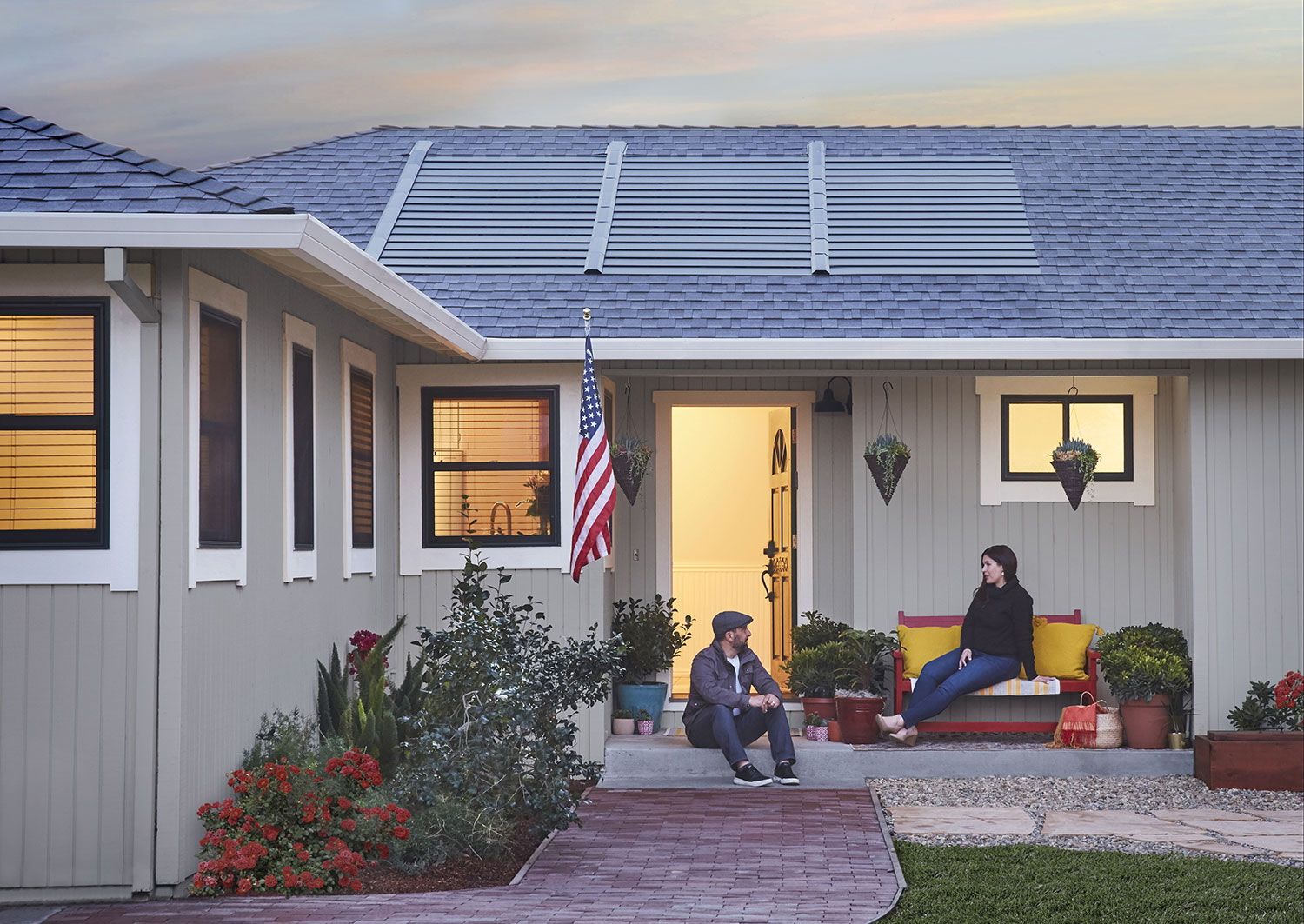
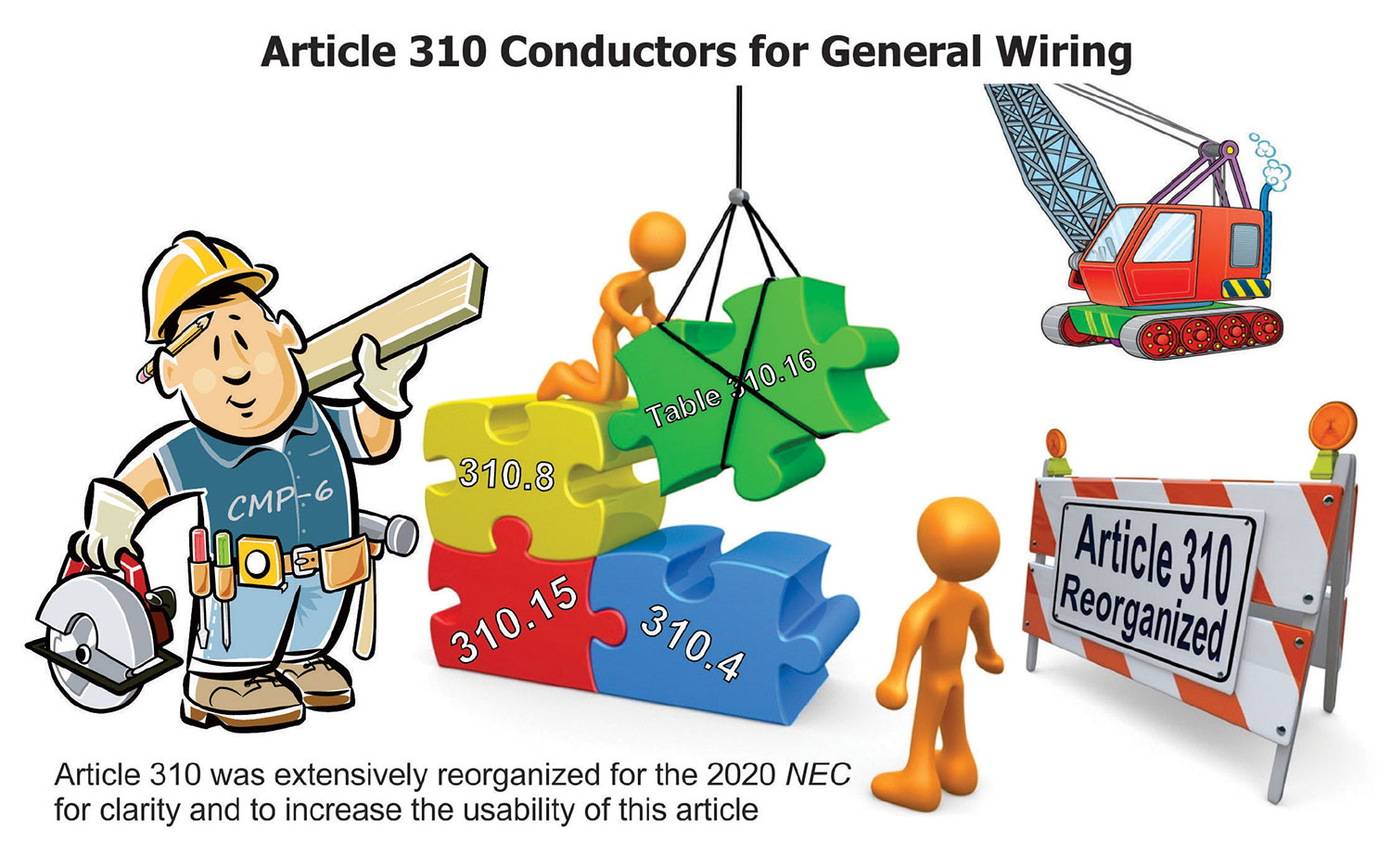
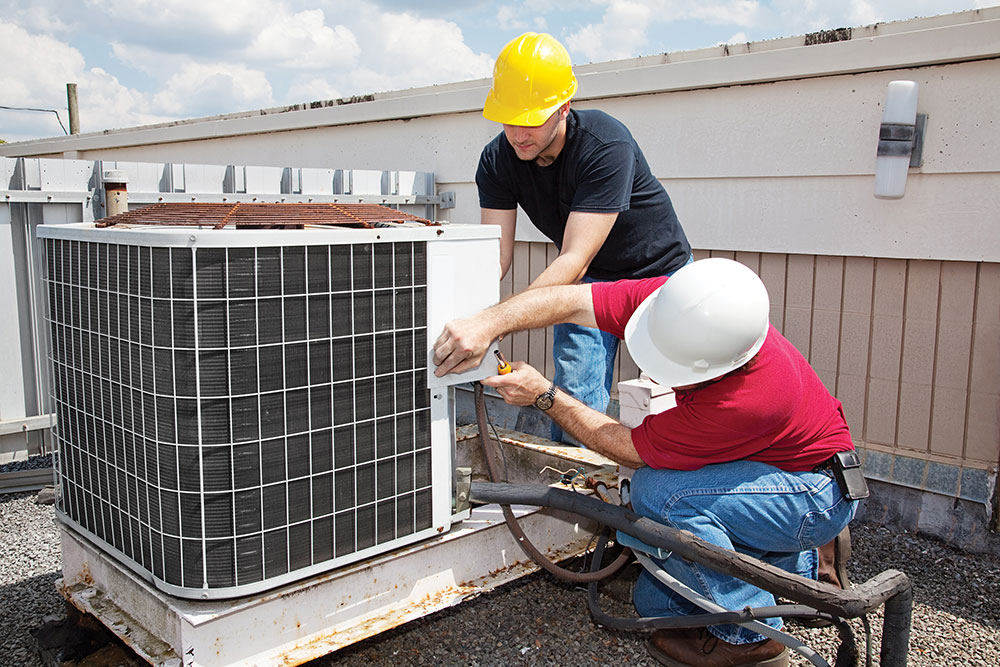

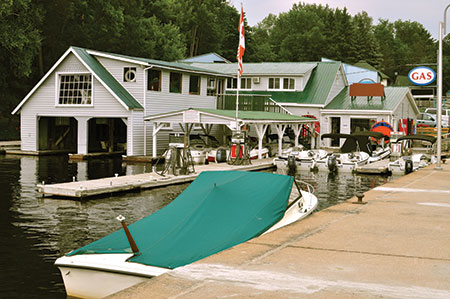



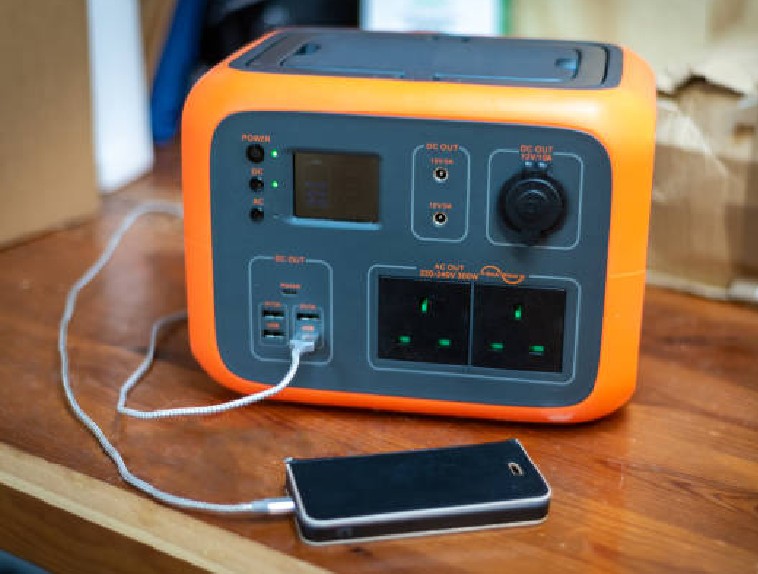
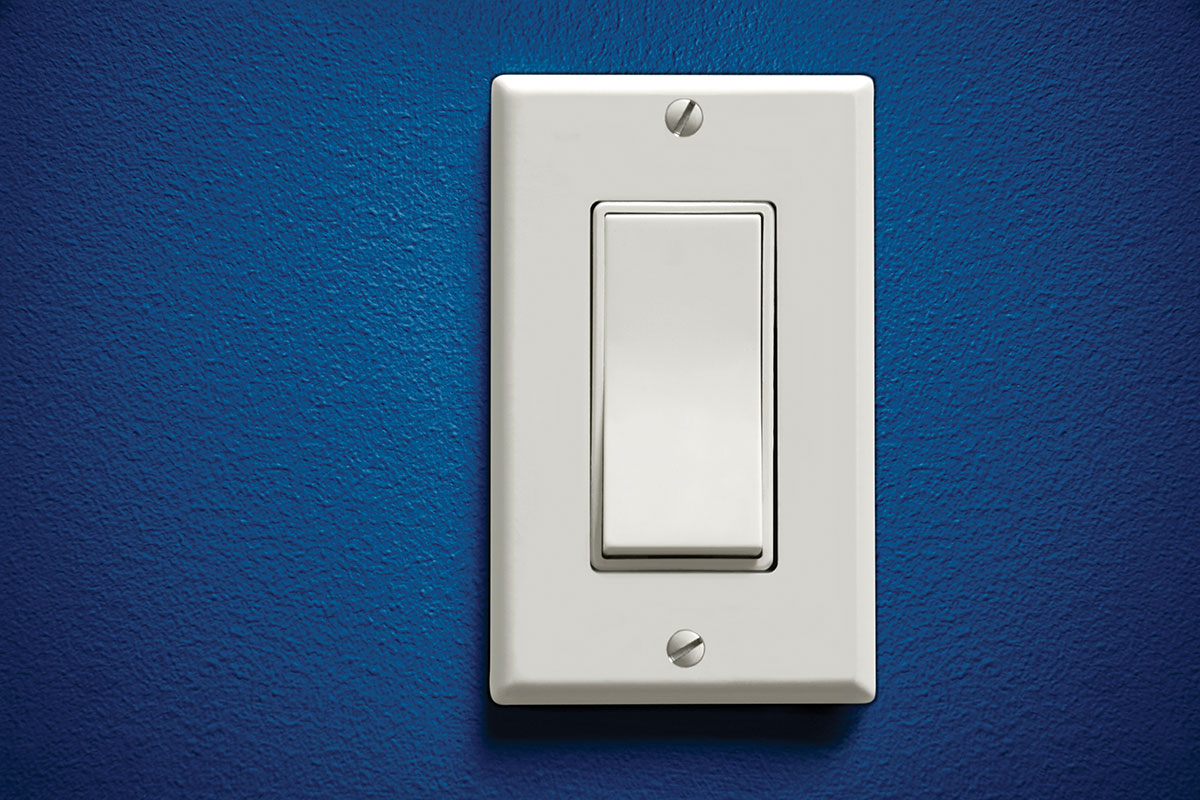
Find Us on Socials